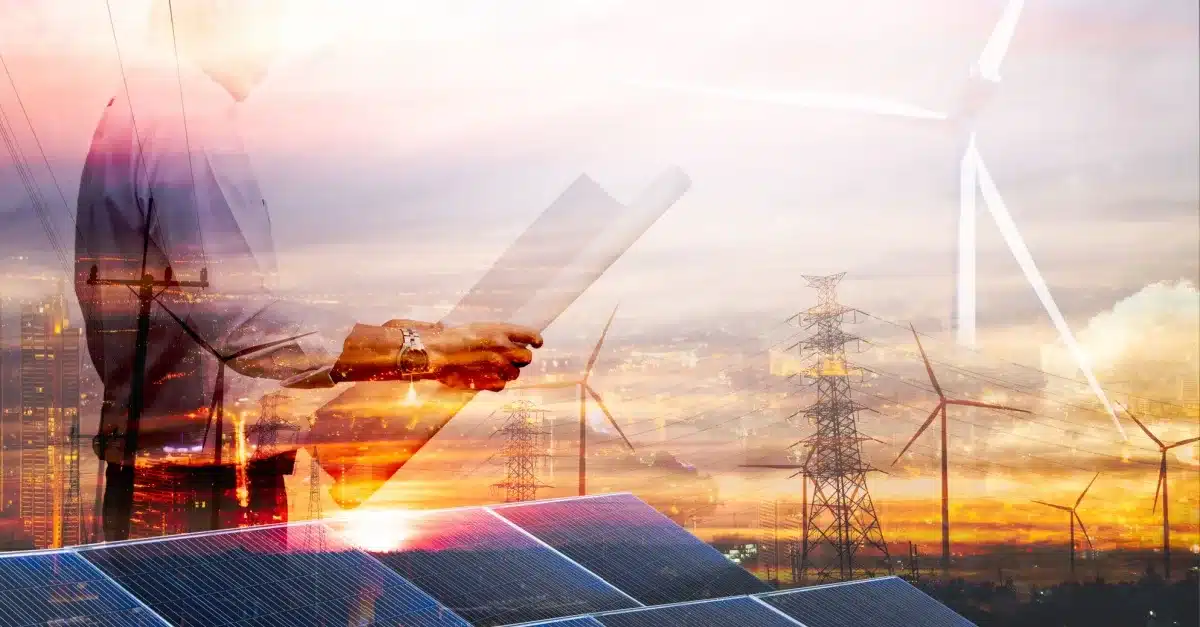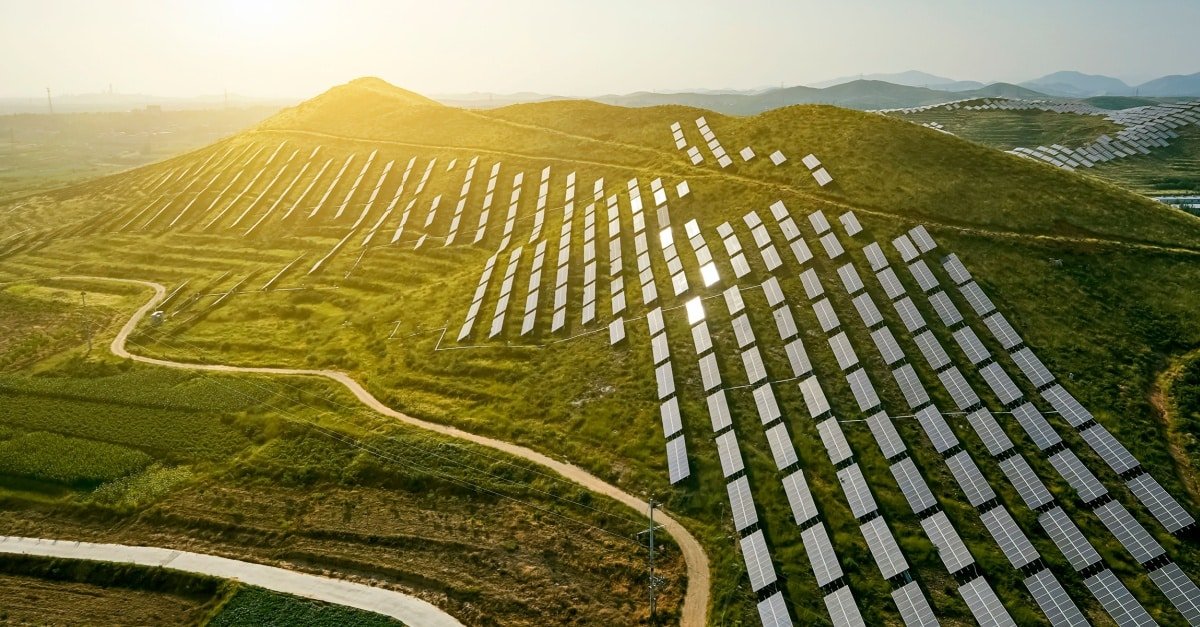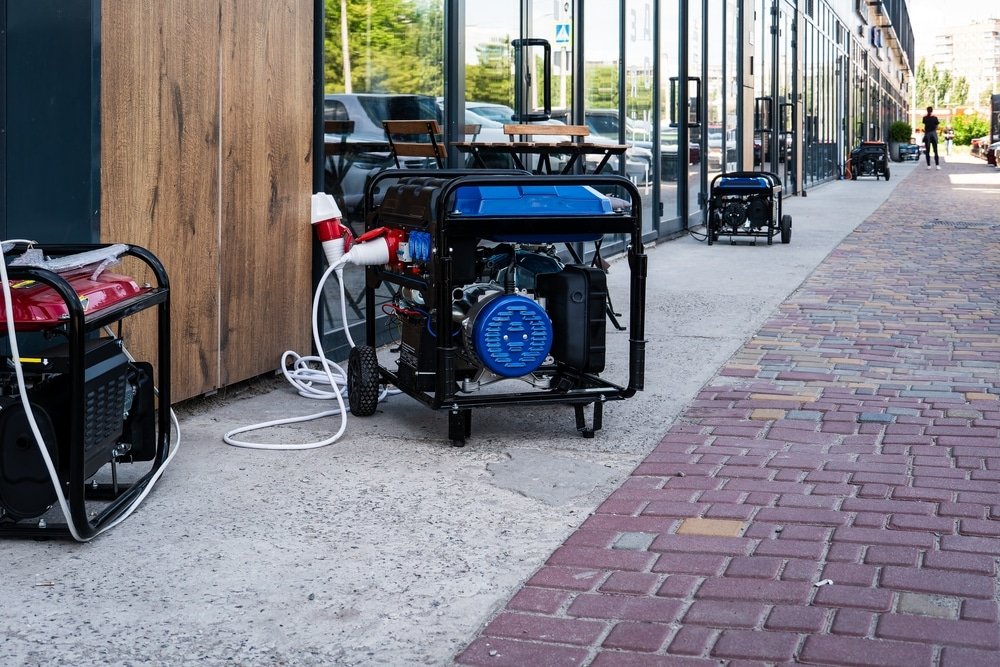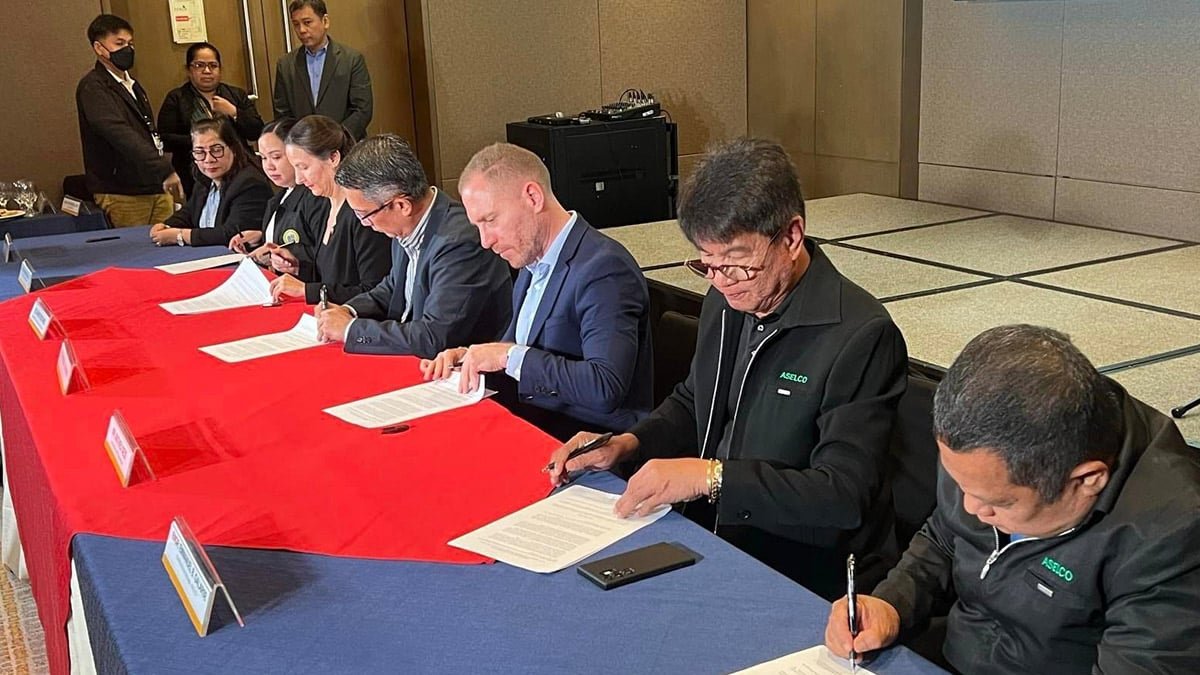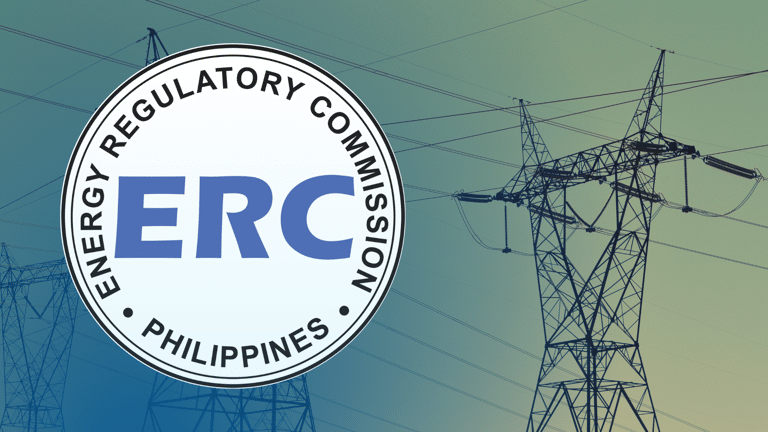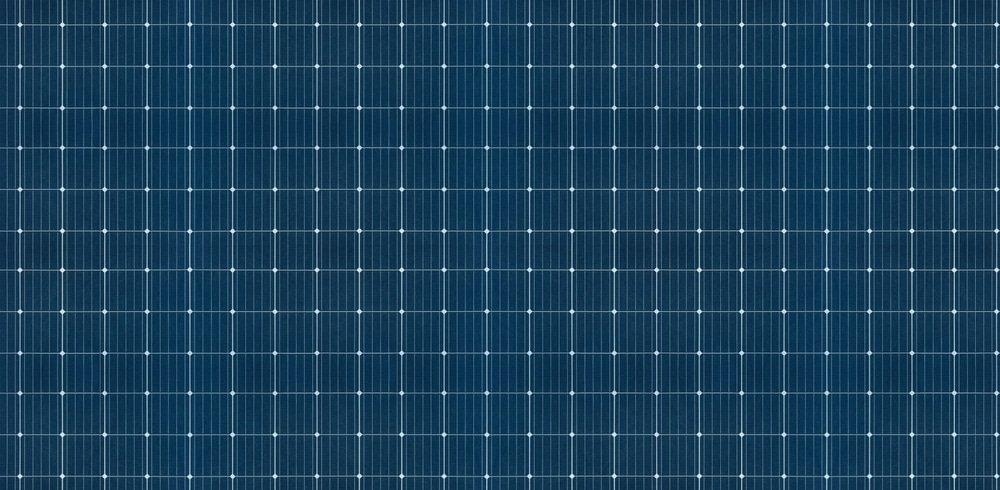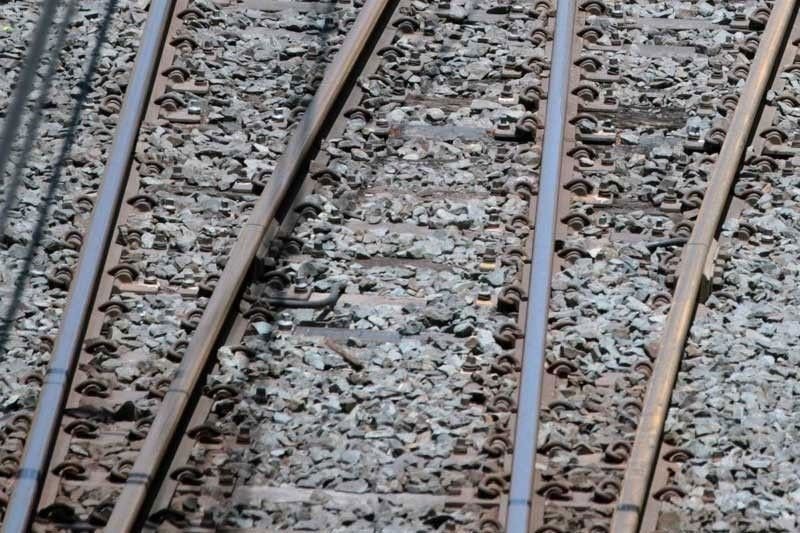
We need electricity most at night when we come home from a long day of work or studying. But how exactly can we use solar power when the moon is out?
Solar panels generate electricity from the sun’s rays, but they cannot do so when the sun’s rays are absent or inaccessible. The good news is that during the day, solar panels can capture more than enough energy to give you all the electricity you need at night.
The key is energy storage.
How do you store sunlight?
Solar power is not stored as light, but as energy.
To better understand how this works, let’s take a look at how sunlight is converted to electricity.
Solar panels, also called photovoltaic panels, are made up of solar cells. These cells capture energy packets of electromagnetic radiation (photons) from sunlight. The process releases electrons, generating an electrical current. The electrical current is then directed and converted to electricity that you can use to power your home.
When you are not ready to use the solar-generated power, it can be stored. Home solar energy storage is usually through the use of lithium-ion batteries.
Any excess electricity–unused and unneeded–can be sold to the main grid for other people’s use. This is called net metering. Sometimes, the energy is sent to a storage facility, like the storage facility in Davao, for later use.
Uninterrupted power
Solar energy is a great way to get uninterrupted power.
The Mindanao electricity grid is facing high energy demands especially during warm months. In April 2024, low power supply triggered a yellow alert.
By installing solar panels, you don’t have to rely on the Mindanao grid for your electricity. This puts less stress on the grid and allows you to enjoy uninterrupted power even when the grid has an outage.
Generating your own electricity also lets you save money on electricity bills.
Location matters
To ensure you get the most out of the sun’s energy, consider the following tips:
- Place solar panels where you get the most sun exposure.
- Install a battery pack to store excess electricity.
- Mind where shadows fall during the day. Avoiding shadows ensures uninterrupted electricity generation.
- Dense clouds can cover the sun’s rays. When this happens, you can rely on your battery storage.
- Consider net metering to help provide electricity to those who need it in your area.
By harnessing the power of the sun and embracing solar energy storage solutions, you can enjoy reliable, cost-effective electricity day and night, while contributing to a more sustainable energy future for Mindanao.

